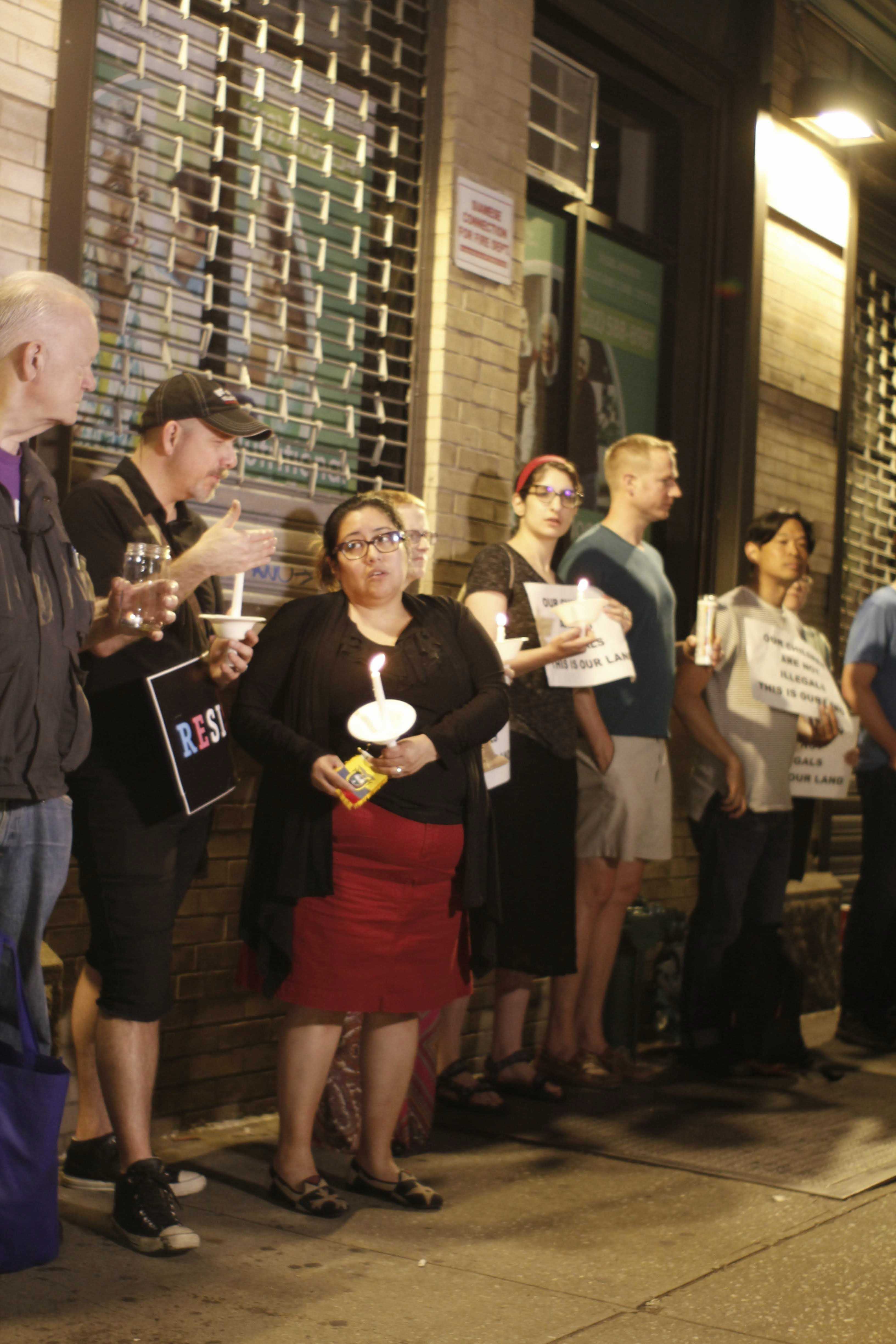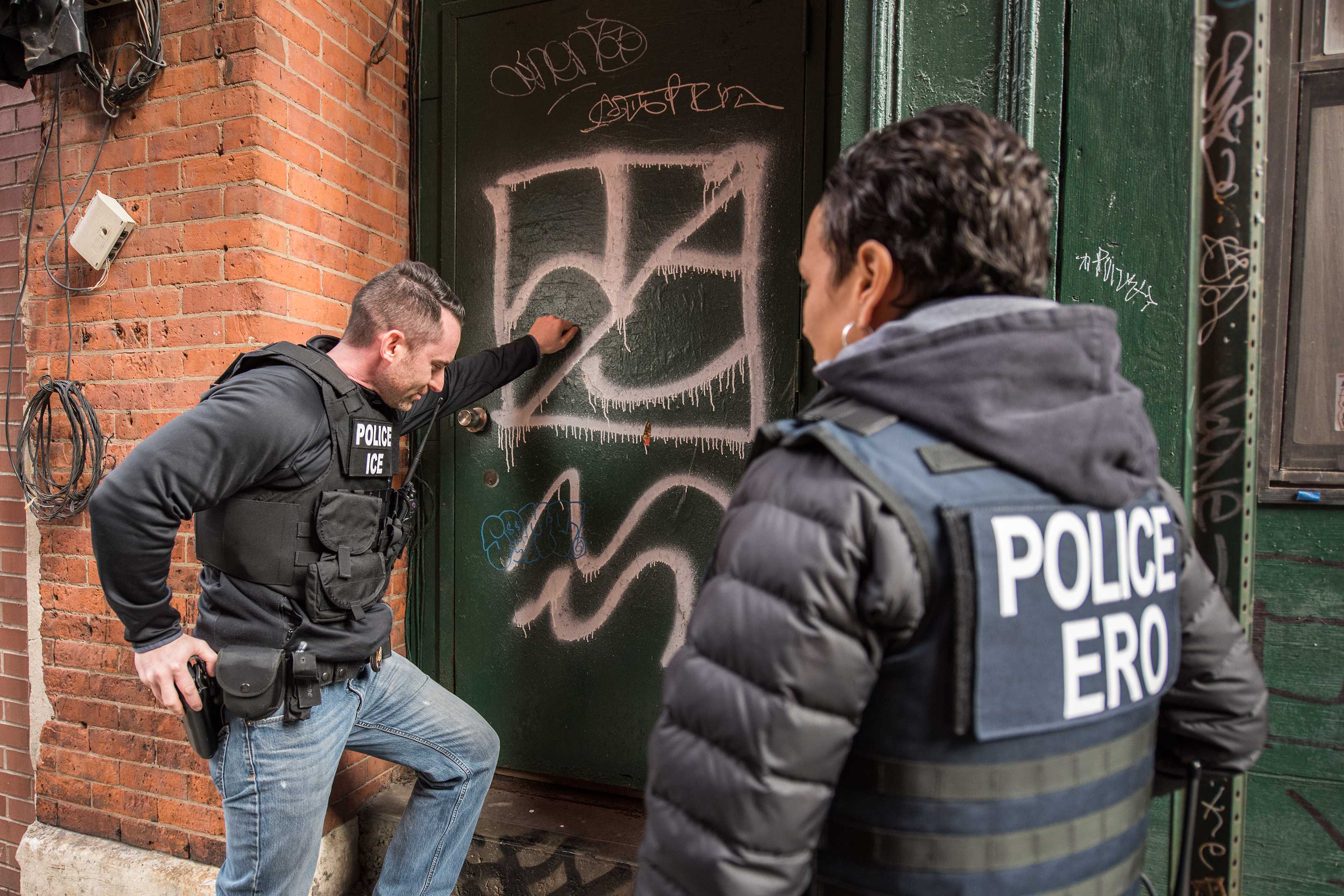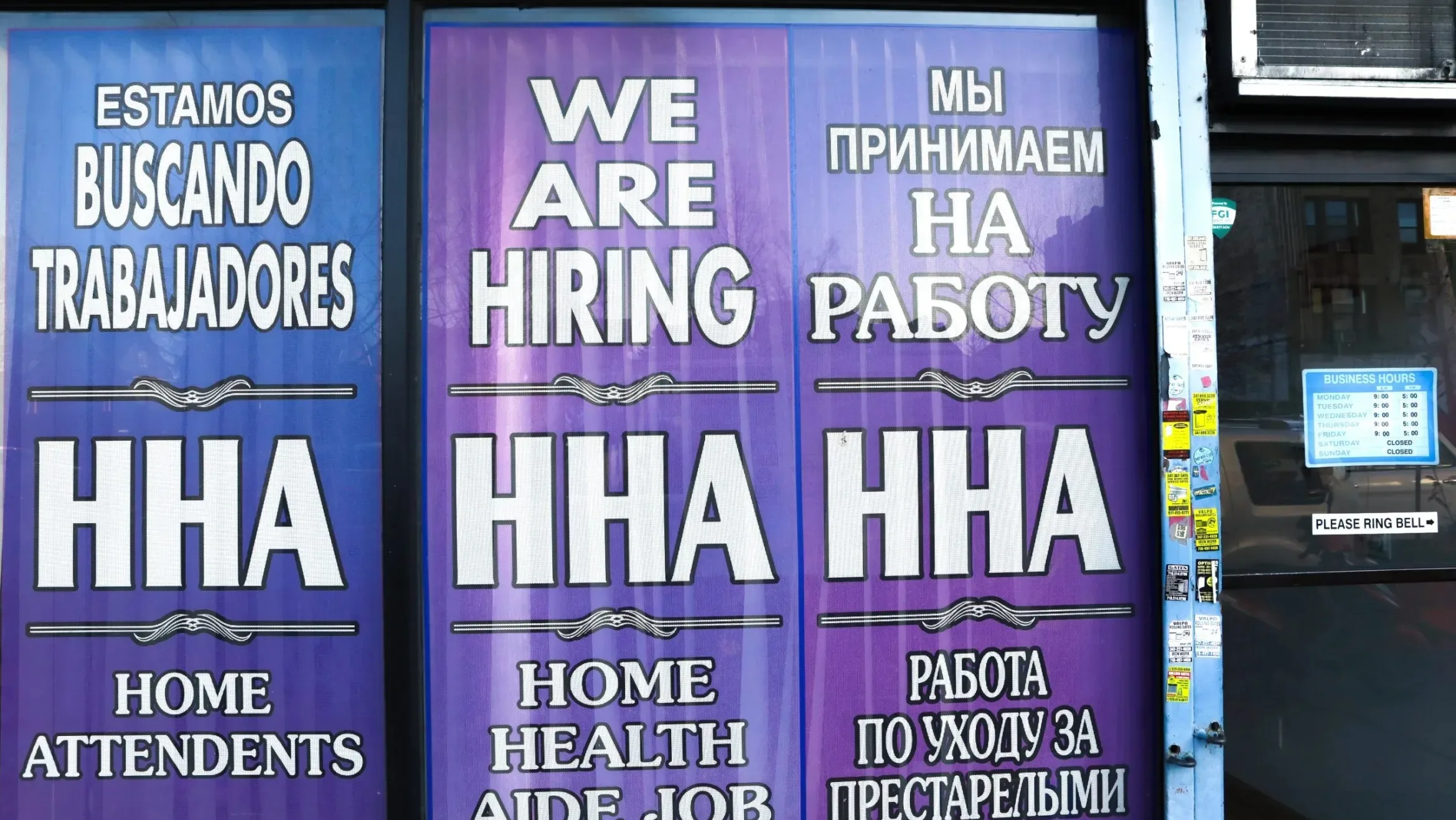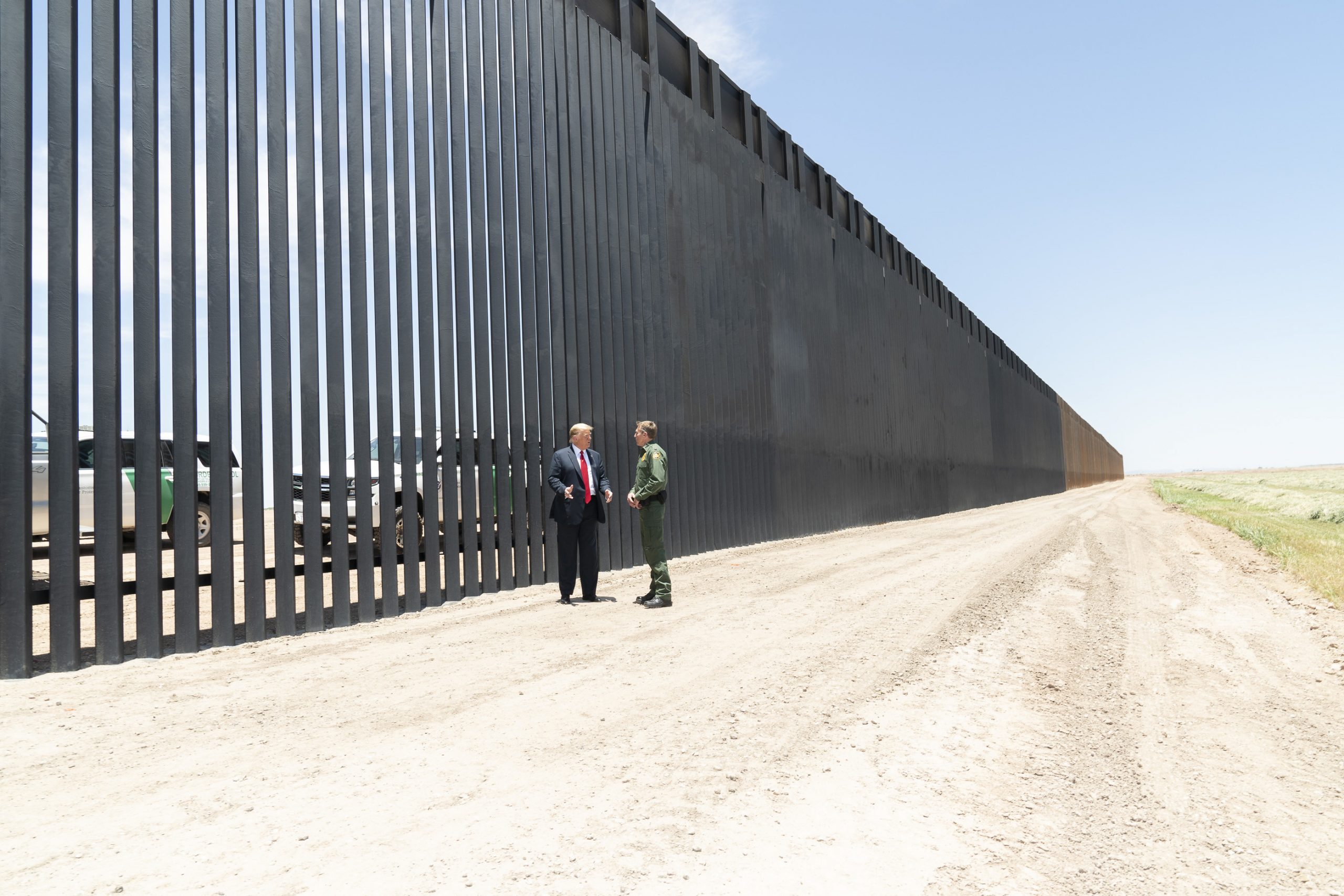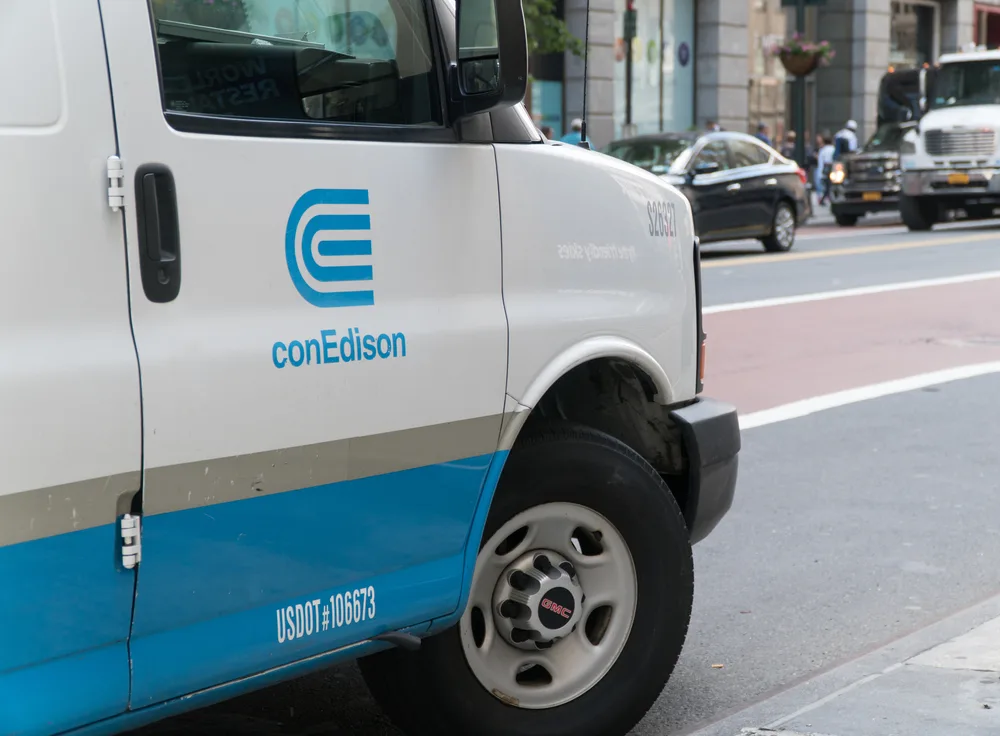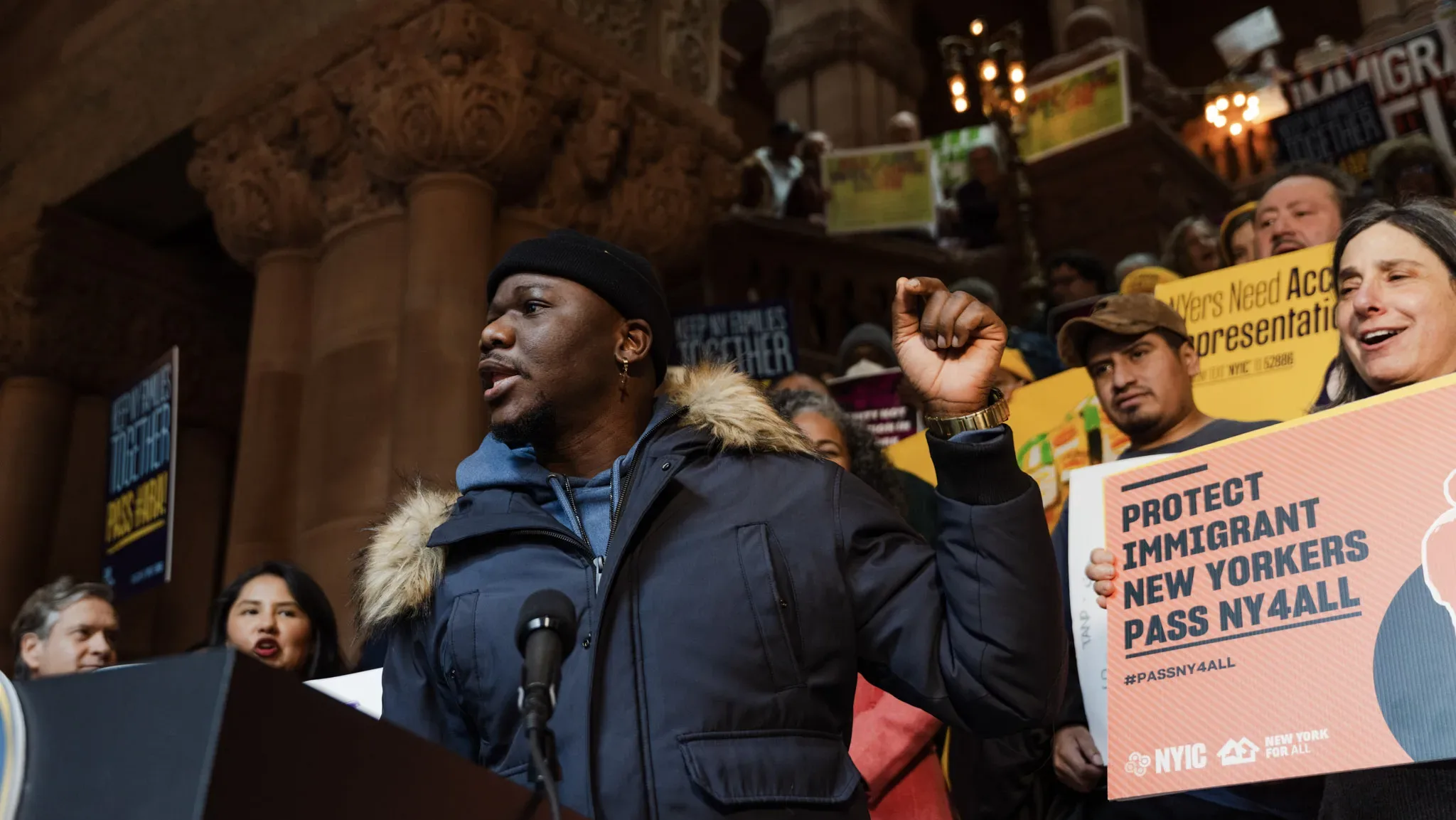The story that Carlos has to tell about being separated from his 12-year-old daughter at the Texas border is a common one for migrants fleeing Central America recently — and yet his experience differs in significant ways from those arrested under the Trump administration’s now-defunct “zero tolerance” policy.
The father-daughter duo wasn’t apprehended on the banks of the Rio Grande or walking across the Arizona desert. In March, Carlos and Leila walked across the bridge at the international port of entry in Hidalgo, Texas, and presented themselves to a customs officer to claim asylum, as is their legal right.
Under Customs and Border Protection policy, families who present themselves at a legal point of entry, and meet certain conditions, are not subject to separation. While the zero-tolerance policy was in effect, separations were justified as necessary due to parents’ prosecution for illegal entry when crossing between ports, and families seeking asylum were encouraged to present themselves to officials at a designated crossing.
“You do not need to break the law of this country by entering illegally to claim asylum. If you are seeking asylum, go to a port of entry,” Homeland Security Secretary Kirstjen Nielsen said in June, in the midst of the zero-tolerance scandal.
Despite that, Carlos and Lelia were separated and shuttled away on different paths through the federal bureaucracy without being told where they were going, lost from each other.
Wearing a bright blue polo shirt tucked into his jeans, Carlos looks neat and at ease as he walks through Lower Manhattan, near the federal building at 26 Federal Plaza that houses one of New York’s immigration courts. He’s plainspoken and direct as he settles into a conference room at his attorneys’ office to recount four of the worst months of his life, while his daughter watches videos on a laptop nearby.
According to Carlos and a sworn court declaration viewed by Documented, he carried their Honduran identification cards and his daughter Leila’s birth certificate, which identified him as her father, as he petitioned for asylum at Hidalgo, Texas. He was not referred for criminal prosecution, as were many of those caught crossing the border between points of entry under the controversial policy.
In Spanish, he recalled an officer telling him he and Leila were merely going to be put in separate rooms, but they would remain in the same place. “[The officer] told me I couldn’t be with her because I’m a man and she’s a girl,” Carlos recalled.
Two hours later, Leila was being driven away as Carlos stayed behind in the border facility, wondering where she was headed.
Today, Carlos and Leila are together again, having been reunited after four months apart and just days before a court-ordered deadline for the government to reunify children between the ages of five and seventeen with their guardians. But it remains unclear what legal authority the government had to separate them in the first place.
A CBP press release states that separations of family units are “rare” and only occur as “a result of exigent circumstances to ensure the wellbeing of the child.” These include fears of child trafficking and whether the parent presents a danger to the child, has a prior criminal history, or has communicable disease.
Carlos doesn’t seem to check any of these boxes; in fact, his case seems relatively clear-cut. He had no criminal history, had proof of familial relationship, was carrying Leila’s clothes and other possessions, and had the number and location of his sister and niece in Miami. As part of the reunification, the Department of Health and Human Services verified that he was the father and not a danger to Leila in order to release her into his custody. So why were they separated?
Camille Mackler, the director of immigration policy at the New York Immigration Coalition, said that there is no legal requirement to put asylum-seekers in detention and de facto separate families, but nothing explicitly prevents it. A judge recently ruled that asylum-seekers cannot be arbitrarily detained after passing credible fear interviews, but the door remains open for detention and separations to take place before interviews are administered. Under domestic and international law, people have the right to request asylum, but the courts have so far given the government the right to keep them in some form of detention temporarily.
“Because they chose to detain him, they separated him from his daughter, and there’s no basis for that. We’ve seen in the last few years, especially fathers, who are separated from their wives and their children,” said Mackler. She said she had one client currently held in immigration detention at the Albany County Jail who had been similarly separated from a child at a lawful port of entry.
Incidents of family separations at ports of entry do seem to be rare in relation to the volume of families requesting asylum at these checkpoints, but are not unprecedented. Several cases have been identified and documented in court filings; in the ruling ordering the reunification of families separated by the government, federal District Court Judge Dana Sabraw wrote that “the record also reflects that the practice of family separation was occurring before the zero tolerance policy was announced, and that practice has resulted in the casual, if not deliberate, separation of families that lawfully present at the port of entry.”
There are no reliable numbers of how often this occurs beyond CBP’s admission of seven cases in a roughly one-month period between early May and early June. They claimed all seven separations were due to parents’ criminal convictions. CBP did not respond to questions about protocols relating to these separations or their prevalence.
Both Carlos and Leila say they were never told why exactly they were being separated. Carlos said both were aggressively questioned by an agent immediately after they presented themselves at the checkpoint. “She said ‘This girl, where did you pick her up? Whose is she?’ So I told her, ‘That’s my daughter.’ That’s when she started questioning my daughter, trying to basically humiliate her, saying ‘He’s not your dad, tell me the truth.’” Despite the interrogation, he says he was never given an official reason for having Leila taken away. Leila said she was told, simply, that the separation was “ordered by the government.”
After his daughter was driven away, Carlos spent the night at the facility. An officer came the next morning to take him to the Port Isabel Service Detention Center, about 70 miles east in Los Fresnos, Texas. Carlos asked him if he was being taken to where his daughter was. The man did not appear to know that Carlos even had a daughter, but assured him that he was surely being transferred to see her.
So began a series of similar interactions throughout two more transfers — first to the Rio Grande Detention Center and then, finally to the Elizabeth Detention Center in New Jersey — in which Carlos would ask ICE personnel, corrections officers, anyone who would listen about his daughter, to no avail.
Carlos said that with no information to go off, his imagination began wandering to dark places. He imagined his 12-year-old daughter being transferred around to prisons, just as he was, shackled at the wrists and ankles and around the waist. “I wouldn’t sleep sometimes, thinking, ‘What’s happening? Could they have her in the same state as they have me?’” He had hoped that the agents had sent her to his family in Miami, but when he was able to get through to his niece on the phone, he found out she wasn’t aware of the separation either. A number he’d been given to call for information about his daughter rang and rang with no answer.
Meanwhile, Leila had been taken to a facility in Harlem operated by the Cayuga Centers, a local non-profit under contract with the U.S. Office of Refugee Resettlement to house unaccompanied minors. There, she says she was well-treated, but no one could tell her where her father was beyond the fact that he was detained somewhere. At one point, her caseworker told her that, if her dad were to be deported without her, she might be put up for adoption. Leila told the caseworker she’d rather be deported alongside her father. Neither knew that the other was less than 25 miles away.
Eventually, the caseworker was able to get in touch with Carlos’s niece in Miami, and the niece arranged for a three-way conference call between her, Carlos, and the caseworker, who let Carlos speak with Leila for the first time in about two months. The caseworker gave Carlos her phone number; given his experiences so far, he had doubts about whether it would actually connect, but he was able to speak with his daughter a few more times.
Carlos passed his credible fear interview – the first step in an asylum case – in April. A team of lawyers from the firm Labaton Sucharow secured his parole two weeks ago, helped along by the court decision blocking the government’s arbitrary detention of asylum-seekers, which named the New Jersey ICE office as an offender. That Thursday, he visited his daughter for the first time in months. They were reunited the following day.
Already, their case has illustrated the procedural disorganization and chaos that awaits newly reunified families. They now have two separate asylum cases, in New York and New Jersey, which they hope to consolidate and have moved to Miami before Carlos’s next hearing in August. Last Tuesday, Leila’s lawyers found out last minute that she had a hearing scheduled for Thursday, only to have it taken off the court’s calendar, without explanation, when they were on their way to the court.
“If this is difficult for three lawyers in a firm, I can’t imagine… I mean, there must be people missing immigration hearings, that are getting reunited and going other places. How are they following their underlying cases? We’re in a ball of confusion,” said Christine Fox, Carlos’ attorney at Labaton.
For Carlos, the whole experience has been bewildering. “I would talk to my sister and tell her I’d never in my life experienced something like this,” he said. He suffered from appendicitis in detention and had to be taken in for surgery, but was shackled to his hospital bed even in recovery. “I would say to myself, I’m not Chapo Guzmán. I’m not a criminal.”
UPDATE: This article was amended on July 31, 2018, to clarify that Carlos and Leila were separated for four months, not two months as was previously stated.
